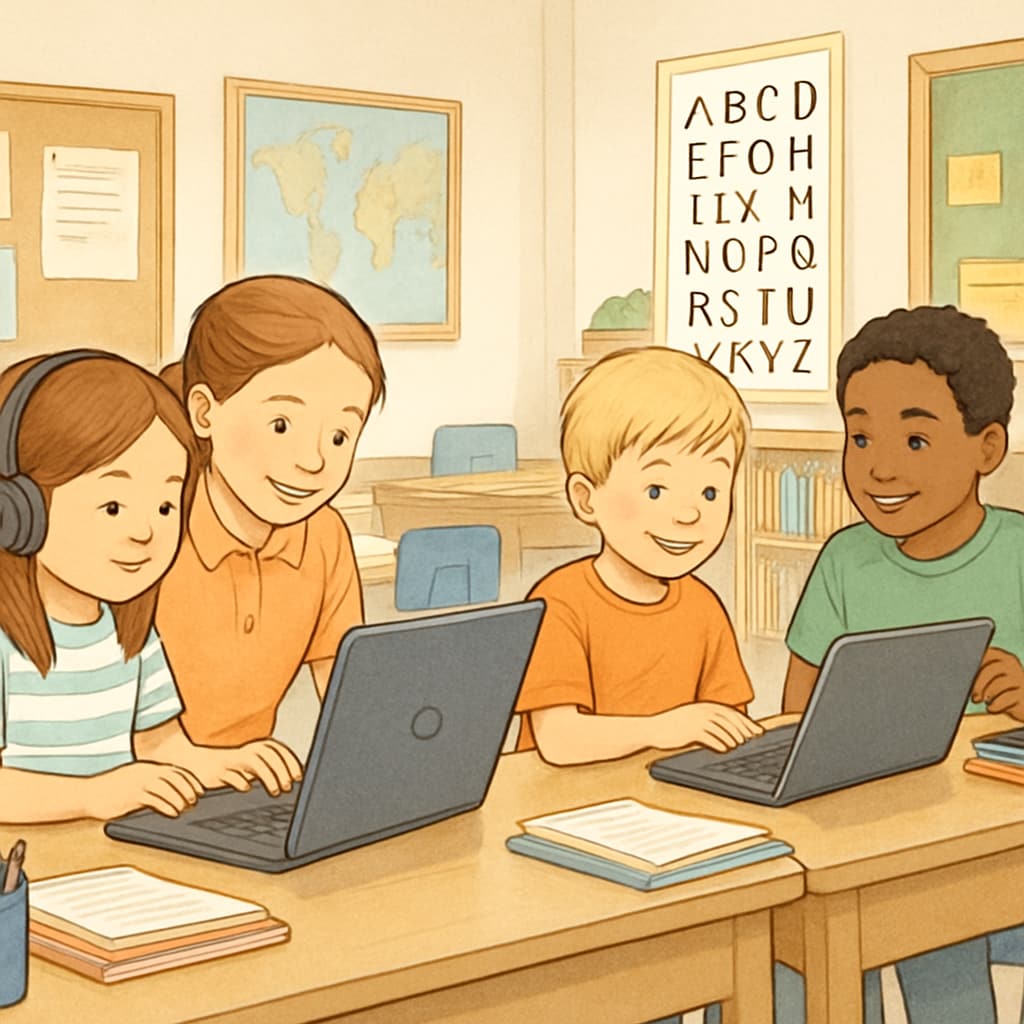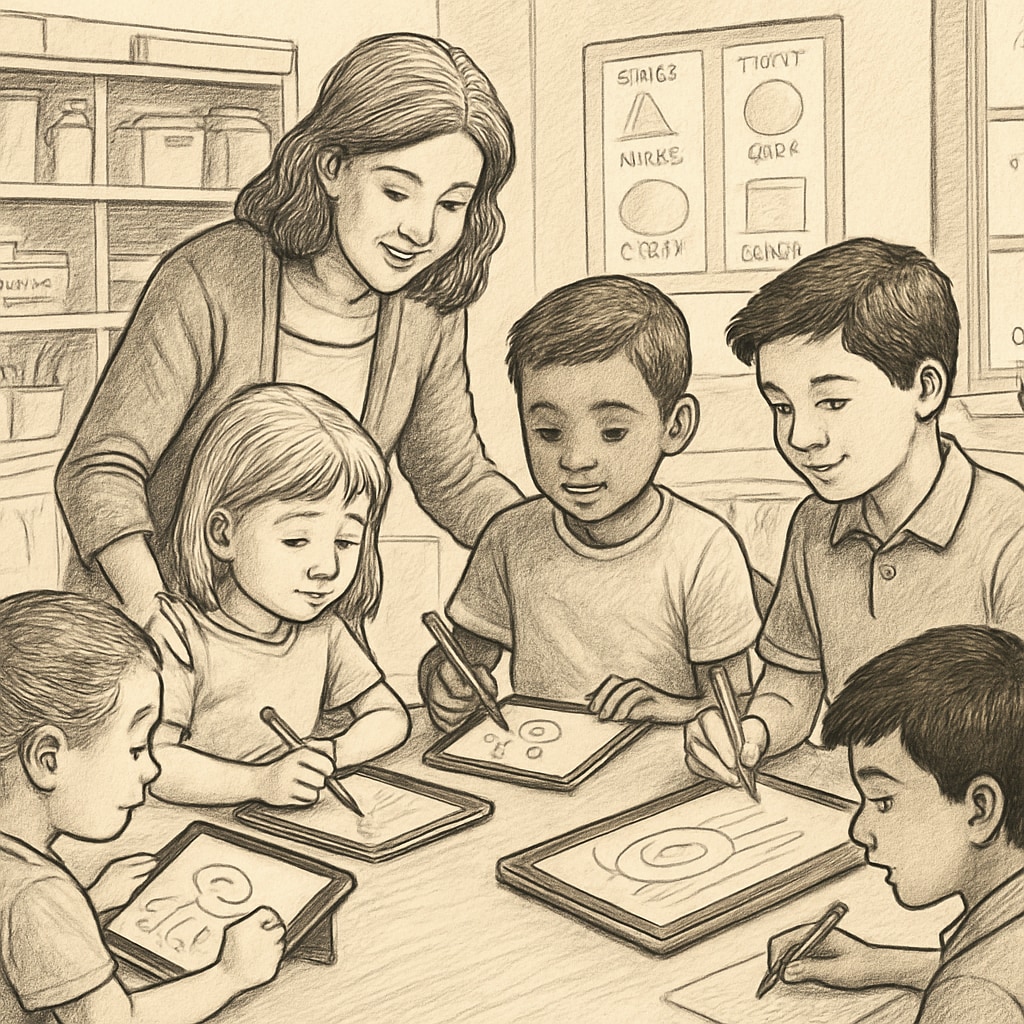The concept of pairing kindergarten students with fourth graders for computer-based activities is a powerful example of cross-age partnerships in education. These “kindergarten partner projects” leverage the older students’ leadership skills while introducing younger children to technology in an engaging and age-appropriate manner. This article outlines several creative activities that accommodate differing literacy levels and foster collaboration, responsibility, and fun.
Why Cross-Age Learning Benefits Both Kindergarteners and Fourth Graders
Cross-age learning programs build meaningful connections between students at different developmental stages. Kindergarteners gain early exposure to technology, benefiting from guidance and support from their older peers, while fourth graders develop leadership, communication, and mentoring skills. These interactions encourage empathy and teamwork, bridging the gap between different age groups in the classroom.

Creative Computer Activities for Mixed-Age Groups
Designing computer activities for kindergarteners and fourth graders requires creativity and careful planning to ensure they are engaging and appropriate for varying literacy levels. Below are some activity ideas:
- Interactive Story Creation: Use software like KidPix or Storybird to create simple stories. Fourth graders can help kindergarteners type out their ideas, illustrate scenes, and narrate the story. This activity fosters creativity and teamwork.
- Digital Art Collaboration: Programs like Paint 3D or Canva allow students to create artwork together. Kindergarteners can focus on basic shapes and colors, while fourth graders handle more detailed elements.
- Educational Games: Pair students to play age-appropriate games such as PBS Kids interactive learning games or Typing.com. Fourth graders can explain game instructions while kindergarteners practice basic computer skills.
- Virtual Field Trips: Explore online platforms like Google Earth or National Geographic Kids. Fourth graders can guide kindergarteners through virtual adventures, explaining landmarks and facts.
Tips for Organizing Successful Cross-Age Computer Activities
To ensure a positive experience for both age groups, follow these tips:
- Set Clear Goals: Define objectives for each session, such as improving fine motor skills, fostering creativity, or strengthening collaboration.
- Choose User-Friendly Tools: Select software and platforms that are intuitive and accessible for younger children, with features that older students can assist with.
- Supervise and Support: Teachers should provide guidance and monitor interactions to ensure both groups feel engaged and supported.
- Celebrate Achievements: Conclude each activity with a showcase or presentation to celebrate the students’ joint efforts.

Long-Term Benefits of Cross-Age Computer Activities
Cross-age learning initiatives leave a lasting impact on both kindergarteners and fourth graders. Kindergarteners gain confidence in using technology and interacting with older peers, while fourth graders develop valuable life skills like patience, leadership, and teamwork. As a result, these programs can create a more cohesive and collaborative school community.
For educators and parents interested in implementing such activities, exploring online resources, such as PBS Parents and National Geographic Kids, can provide inspiration and tools to build effective programs. By fostering these meaningful partnerships, schools can set students on a path toward lifelong learning and cooperation.
Readability guidance: Each section uses short paragraphs and lists to enhance clarity. Emphasis is placed on active voice, accessible language, and smooth transitions to ensure readability for a broad audience.


